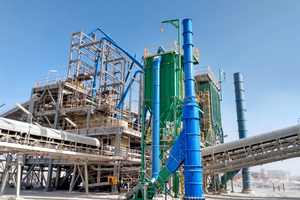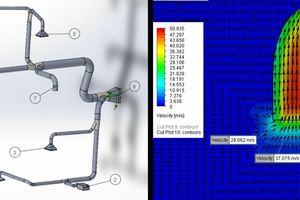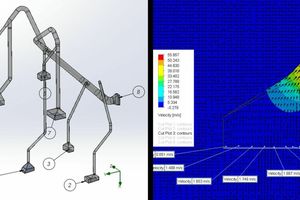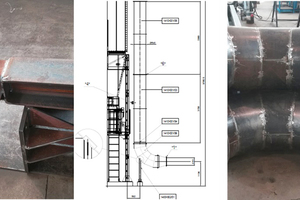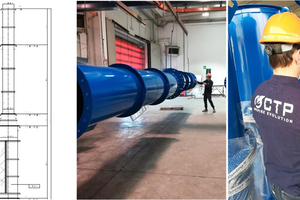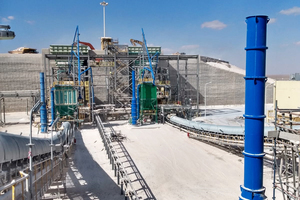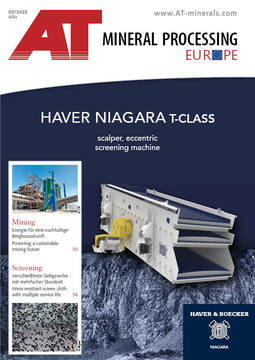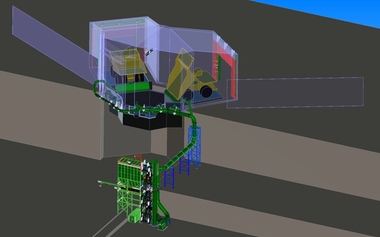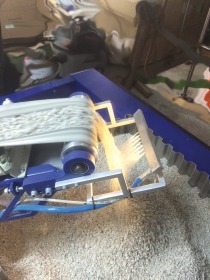Powering a sustainable mining future
Application of sustainability principles as a global trend also to mining is challenging for the nature and the type of business itself. However, a sustainable development defined as meeting present needs without compromising needs of future generations is increasingly incorporated into mine operation by environmental policy based on clear goals and roadmap supported by a forward-thinking management able to change paradigm and consider sustainability a key element of successful business.
The challenge for Optimisation Technology Performances (OTP) is one of the most complex: It is about developing technological solutions within an acceptable timeframe that make these achievable without negatively impacting the client's business.
OTP optimise technical performances: division
OTP optimise performance is a specialised division of CTP Team company set up to support mine companies and other industries in identifying the areas for improvement and optimisation of their industrial process regarding emissions and plant digitisation. The distinctive element is the method, custom and...

